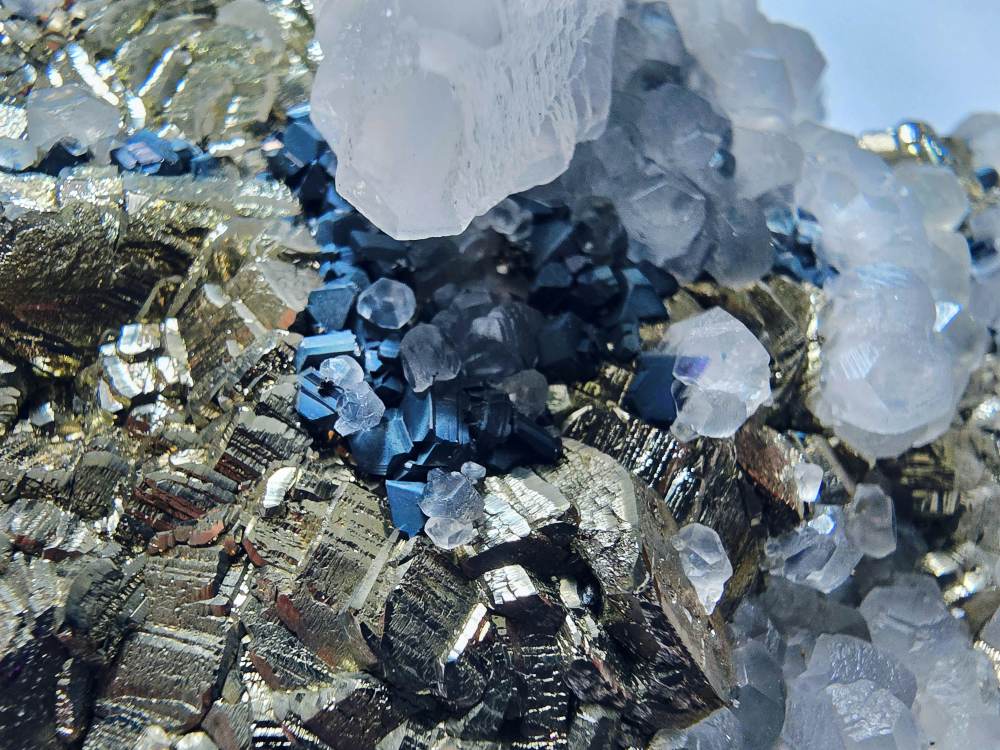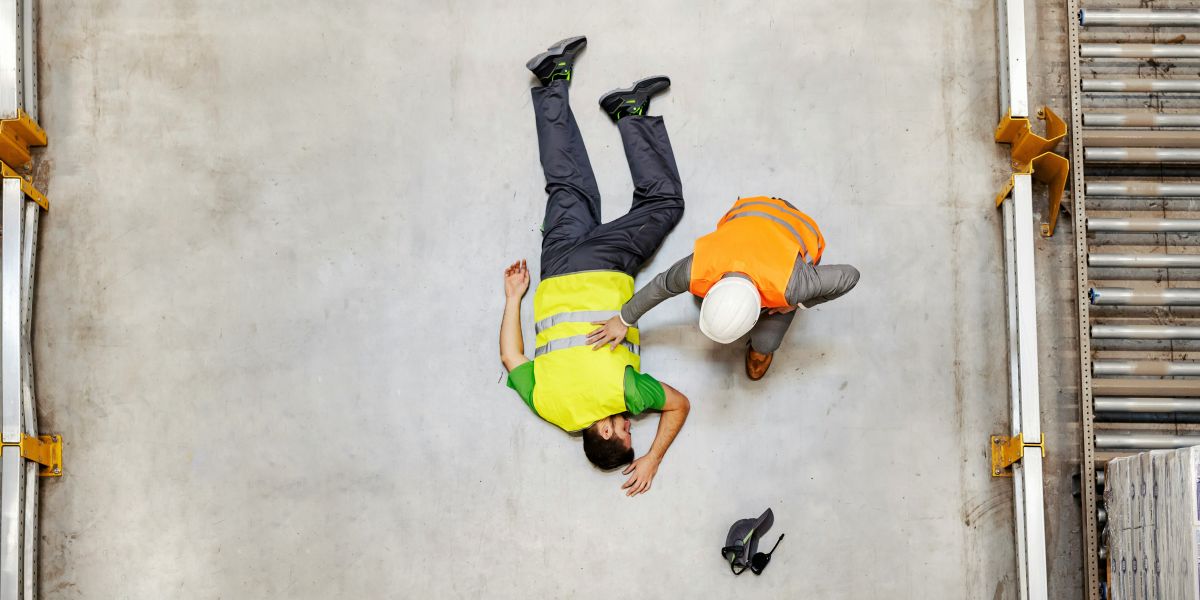For centuries, humanity has relied on the same planet for every drop of oil, ounce of gold, and breath of air we use. But as demand grows and resources shrink, our attention has turned upward – to the Moon, to Mars, and to the asteroids quietly orbiting the Sun.
The idea of space mining once belonged just to our imagination, but now, it’s a serious conversation among scientists, engineers, and investors who believe that the materials floating beyond Earth could power the next stage of human progress.
Yet, what’s most interesting isn’t just what we might find up there – it’s what space mining teaches us about how we treat our planet down here.
Mining in Space Isn’t Just a Bigger Version of Mining on Earth
At first glance, mining is mining – you dig, extract, and refine. But in space, everything about that process changes.
On Earth, gravity helps separate materials, hold machinery down, and stabilize environments. In space, there’s no gravity, no air, and no easy way to contain what you dig up. Every movement has to be controlled, every grain of dust accounted for.
Instead of drills, mining in space might use lasers, robotic scoops, or microwaves to break apart rock and capture minerals. Instead of trucks and refineries, we’ll need automated systems capable of processing ore in zero gravity – or sending it back to Earth in sealed capsules.
These differences highlight the enormous set of space mining challenges engineers are now trying to solve – from handling lunar dust to operating machinery millions of miles away. In other words, mining in space forces us to rethink not just the tools we use, but the assumptions we’ve built around extraction itself.
The Real Value Lies in the Lessons
What makes space mining fascinating isn’t just its promise, but what it reveals about the limits of our current systems.
To extract materials from an asteroid, every ounce of fuel, every bolt, and every robot arm must serve a purpose. Waste is simply too expensive.
That reality has pushed engineers to design closed-loop systems – mining technologies that recycle energy, reuse materials, and minimize waste. These same ideas are already influencing Earth industries, from sustainable mining to circular manufacturing.
If you think about it, space mining isn’t just about reaching new frontiers. It’s about learning how to live with what we have – efficiently, cleanly, and intelligently.
From Planetary Pressure to Cosmic Perspective

On Earth, mining has always been tied to geography and geopolitics. The availability of lithium, cobalt, and rare earth elements shapes global economies and sometimes even conflicts.
But when you move that search to space, the rules change. The Moon’s regolith may hold helium-3, asteroids could be rich in platinum-group metals, and Mars might contain frozen water – the most valuable resource of all for future explorers.
What’s striking is that, unlike Earth, space doesn’t have borders. There are no national claims or property rights in the traditional sense, only treaties and agreements about “responsible use.” That means cooperation – or competition – on a scale humanity hasn’t faced before.
It’s a reminder that the future of mining isn’t just purely technological. It’s ethical, political, and environmental all at once.
What are the Challenges of Mining Beyond Earth
Before we ever touch asteroid dust, we have to overcome a long list of obstacles – and these space mining challenges are some of the toughest engineering problems ever attempted.
We’ll need to:
- Build machines that can operate autonomously for months or years without human repair.
- Design equipment that survives radiation, temperature extremes, and vacuum conditions.
- Develop propulsion systems that make transport economically feasible.
- Figure out how to refine materials in microgravity without relying on Earth’s atmosphere or pressure.
But maybe the biggest challenge isn’t mechanical – it’s moral. How do we make sure that mining in space doesn’t repeat the same environmental mistakes made on Earth? Who decides what “sustainable” means on another planet?
Those questions don’t just shape the future of exploration – they force us to confront our values here at home.
A Mirror for Earth
The more we study how to mine off-world, the more we see our own planet in a new light.
On Earth, gravity and atmosphere make extraction easy – but they also make pollution harder to control.
In space, the cost of every mistake is multiplied. You can’t dump waste. You can’t start over. You have to get it right the first time.
That mindset – precision, efficiency, respect for resources – is exactly what modern mining on Earth needs. If we can design systems that work in the vacuum of space, we can certainly improve how we extract resources from our own soil.
Why It All Comes Back Home
Space mining isn’t just about expanding industry. It’s about understanding limits – and using technology to respect them.
What we learn while mining asteroids or the Moon could revolutionize how we recycle, how we power cities, and how we build economies that don’t rely on endless extraction.
The same innovations that make mining on asteroids possible – advanced robotics, renewable power, and efficient material use – are already being adapted to make mining on Earth cleaner and safer.
In a strange way, the most valuable thing we’ll get from space mining might not be metals or fuel. It might be perspective – a reminder that every resource, no matter where it comes from, has a cost.
Closing Thoughts
Space mining is often described as the next gold rush, but maybe it’s better seen as the next mirror.
By looking outward – to asteroids, moons, and distant worlds – we see our own habits reflected back at us. We start to ask better questions about what it means to take, to use, and to preserve. The technology may be new, but the message isn’t: progress means learning to live responsibly with what we have.
And sometimes, we have to leave Earth to truly understand it.






